
Along with the new Redmi Note 5 and the Note 5 Pro smartphones, Xiaomi has also brought the Mi TV 4 to India. Priced at Rs. 39,999, the Mi TV 4 is now one of the most affordable, quality 4K HDR TV to buy in India. The only roadblock you may face is that the company will be selling these via flash sale for the moment. So, what does it offer, click next to know more
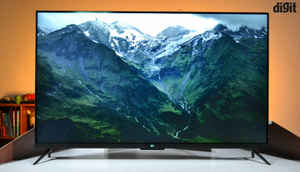
Let’s go over the specifications of the panel first
Panel size: 55-inch
Resolution: 3840 x 2160 (16:9)
Viewing Angle: 178°
Refresh Rate: 60Hz
Response Time: 8ms(Typ)
CPU: 1.8GHz, Amlogic Cortex A53 Quad core
RAM: 2GB
Storage: 8GB
The panel is edge lit (from the bottom)
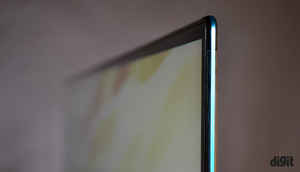
The Mi TV 4 is also quite slim at just 4.9mm thinness and is 38.9mm at its thickest point. The bezels around the display are quite thin as well and hence Xiaomi calls it a frameless display.
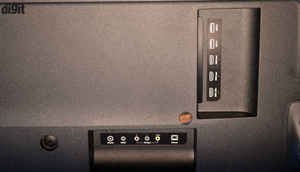
In terms of connectivity, the TV has 3 HDMI ports, two USB ports (1x USB 3 and 1 x USB 2), an Ethernet port, AV input and good old antenna connection as well. For audio, you only get an S/PDIF port which is a bummer.
One of the HDMI ports is ARC enabled hence one doesn’t have to use two different remotes after the initial setup to run connected audio devices.

Talking of a single remote, the Mi TV 4 remote is minimalistic and gets the job done. It does not have a ‘mute’ button, which seems like an oversight on Xiaomi’s part. The TV also does not support voice controls, so there is no mic on the remote either.
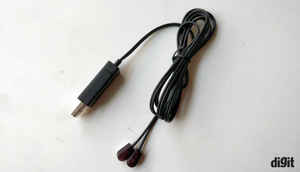
The Remote can also be used to navigate through the content on your cable/DTH box. This is enabled via this IR cable here which allows the TV’s Patchwall OS to talk to the set-top box in your house and curate content to your liking or just allow you to navigate.
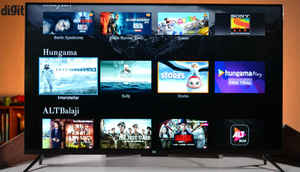
The Patchwall we mentioned is all about providing you streams of content laid out for you in a limitless scroll grid. Xiaomi has also partnered with various streaming partners such as Hungama, Hotstar, Voot, etc to provide content for the Mi TV 4.
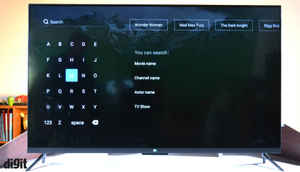
The best part is that you can literally search for content directly and the TV will figure out the service/DTH and pull the content from there directly. For example, if you search for Let’s say ‘The Dark Knight’, the TV pull the movie out from all content providers and let you play from either one available.
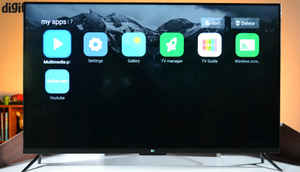
Besides that, you get some usual apps pre-installed on the TV, like a gallery app, miracast functionality, and YouTube, which disappointingly is running through a web interface